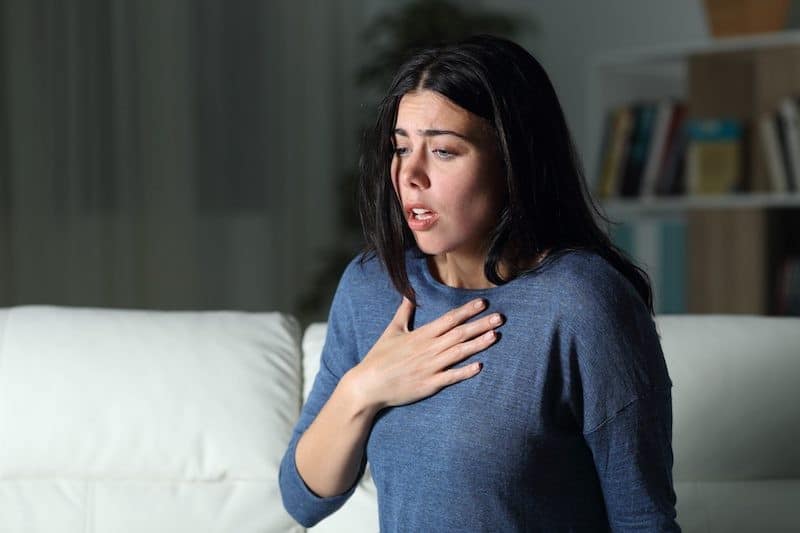Breathlessness

Breathlessness, or difficulty breathing, occurs when an individual cannot breathe sufficient air properly. The term used to describe this condition by medical practitioners is dyspnea, and despite how common it is, it’s often distressing and uncomfortable to experience. It can be easily managed at home if it’s not a sign of a serious condition. However, immediate medical treatment is recommended if it presents with other symptoms associated with health problems like a stroke or heart disease.
A few ways to manage breathing difficulties are through deep breathing exercises, breathing through pursed lips, finding a supported and comfortable position, inhaling steam, drinking coffee, and eating ginger. In addition, some lifestyle changes like losing weight, exercising, quitting smoking, and avoiding pollutants and allergens can also ease your breathlessness. The reason is that some of the triggers of the condition are obesity, smoking, and exposure to pollution.
Those who regularly experience breathlessness may have a more severe condition affecting their lungs or heart. Some health conditions are asthma, anemia, COPD, abnormalities in heart function, lung cancer, tuberculosis, and pleurisy. Conditions that require medical emergency are severe allergic reactions, heart attacks, pneumonia, blood clots, enlarged hearts, stroke, and more.










